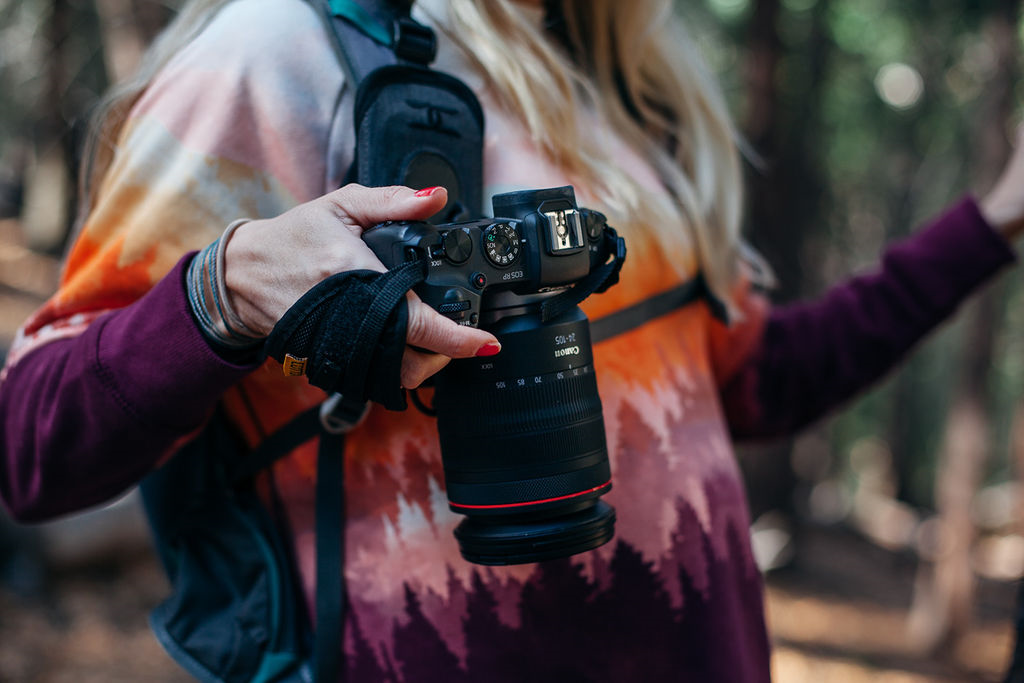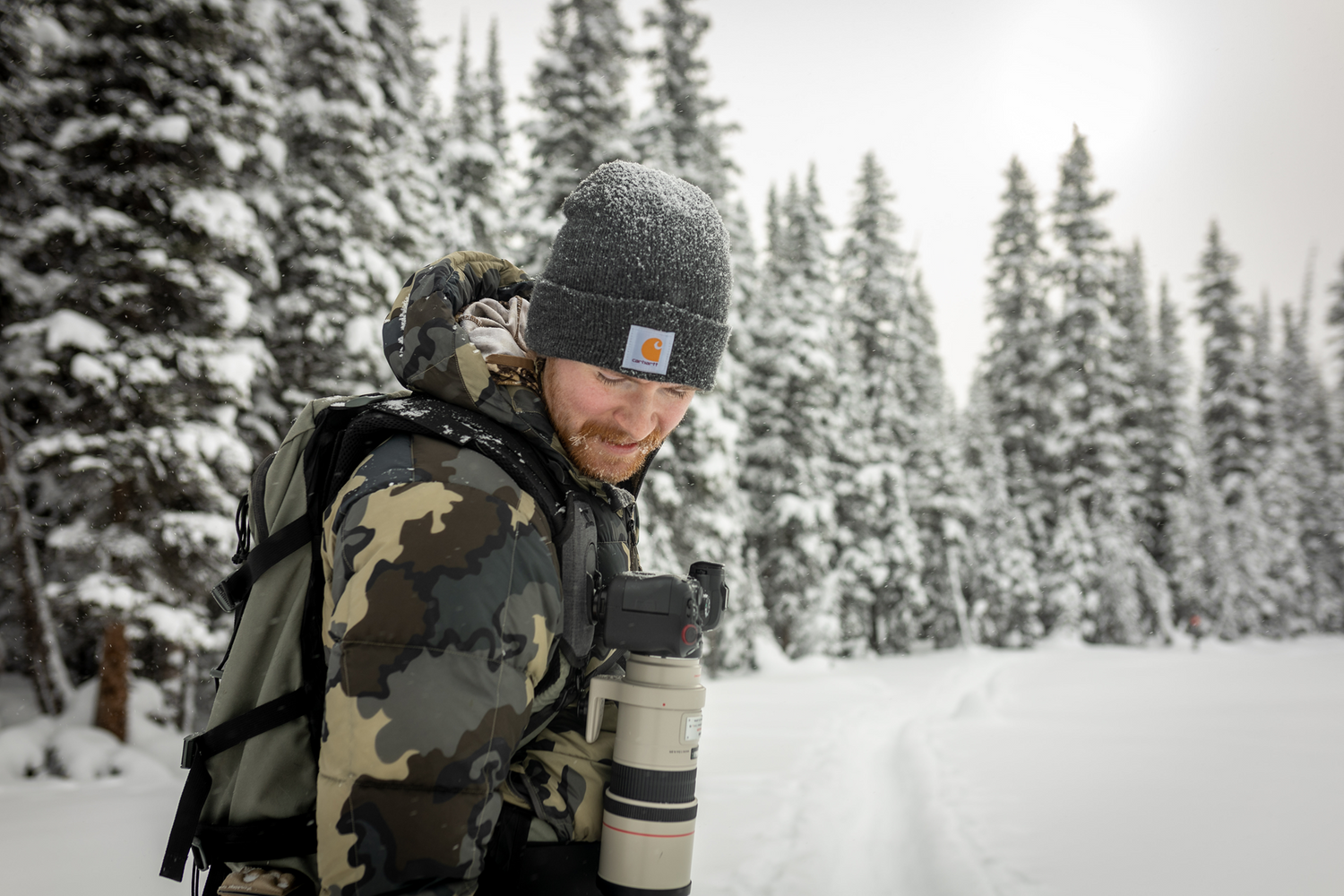Coastal landscapes offer some of the most breathtaking and dynamic scenery for photographers. From sandy beaches to rugged cliffs and expansive ocean views, these environments present both opportunities and challenges. Capturing the essence of coastal scenes requires an understanding of light, composition, and the unique elements that define these areas. This guide will provide you with essential tips for photographing coastal landscapes, ensuring you make the most of these stunning locations.
Understanding Coastal Light
The Golden Hour
The golden hour, shortly after sunrise and before sunset, provides soft, warm light that enhances the natural beauty of coastal landscapes. This time of day is perfect for capturing the vibrant colors and intricate details of the beach and ocean.
Blue Hour
The blue hour, just before sunrise and after sunset, offers a cool, soft light that can create dramatic and ethereal images. This is an excellent time for long exposures and capturing the tranquil mood of the coast.
Essential Gear for Coastal Photography
Camera and Lenses
- DSLR or Mirrorless Camera: With manual settings for full control over exposure and focus.
- Wide-Angle Lens: Ideal for capturing expansive ocean views and dramatic cliffs.
- Telephoto Lens: Useful for isolating details and compressing distances.
Tripod and Filters
- Sturdy Tripod: Essential for stability, especially during long exposures and in windy conditions.
- Polarizing Filter: Reduces reflections and enhances colors, particularly useful for water scenes.
- Neutral Density (ND) Filter: Allows for longer exposures, creating smooth, silky water effects.
Carrying System
Using a Cotton Carrier harness or strap system can help you comfortably carry and manage your gear, keeping it accessible and secure while navigating coastal terrain.

Composition Tips for Coastal Landscapes
Leading Lines
Use natural elements like shorelines, waves, and cliffs to lead the viewer's eye into the frame. Leading lines create a sense of depth and guide the viewer through the scene.
Foreground Interest
Incorporate interesting foreground elements such as rocks, shells, or driftwood to add depth and context to your images. These elements can anchor the composition and draw the viewer into the scene.
Reflections and Waves
- Reflections: Look for opportunities to capture reflections in wet sand, tidal pools, and calm water. Reflections can add symmetry and interest to your photos.
- Waves: Use a fast shutter speed to freeze the motion of crashing waves or a slow shutter speed to create a dreamy, blurred effect. Experiment with different shutter speeds to achieve the desired look.
Dealing with Reflections and Glare
Polarizing Filter
A polarizing filter is invaluable for coastal photography. It helps reduce glare and reflections from the water and wet surfaces, enhances colors, and increases contrast.
Angling Your Shot
Adjust your shooting angle to minimize unwanted reflections. Sometimes, a slight change in position can significantly reduce glare and improve the quality of your image.
Capturing the Dynamic Nature of the Coast
Long Exposures
Use long exposures to capture the movement of waves and clouds. This technique creates a sense of motion and can produce striking, ethereal images. An ND filter can help you achieve longer exposure times during daylight hours.
Freezing Motion
For a more dramatic effect, use a fast shutter speed to freeze the motion of waves crashing against rocks or cliffs. This approach captures the power and energy of the ocean.
Safety Tips for Coastal Photography
Be Aware of Tides
Always check tide schedules before heading out. Rising tides can be dangerous and may cut off your access to safe areas.
Watch Your Step
Coastal environments can be slippery and uneven. Wear appropriate footwear and be cautious when navigating rocks and cliffs.
Protect Your Gear
Saltwater and sand can damage your camera equipment. Use protective covers and clean your gear thoroughly after each shoot to prevent corrosion and other damage.
Post-Processing Tips
Adjusting Exposure and Contrast
Enhance your coastal images by adjusting exposure and contrast in post-processing software like Adobe Lightroom or Photoshop. This can help bring out details and improve overall image quality.
Enhancing Colors
Use the vibrance and saturation sliders to enhance the natural colors of your coastal landscapes. Be mindful not to overdo it, as subtle adjustments often yield the best results.
Noise Reduction
Long exposures and low-light conditions can introduce noise into your images. Use noise reduction tools to clean up your photos and maintain image quality.
Photographing coastal landscapes is a rewarding experience that offers endless opportunities for creativity and exploration. By understanding the unique challenges and applying the tips outlined in this guide, you can capture stunning images of beaches, cliffs, and ocean views. Remember to experiment with different techniques, stay safe, and enjoy the beauty of the coast.




